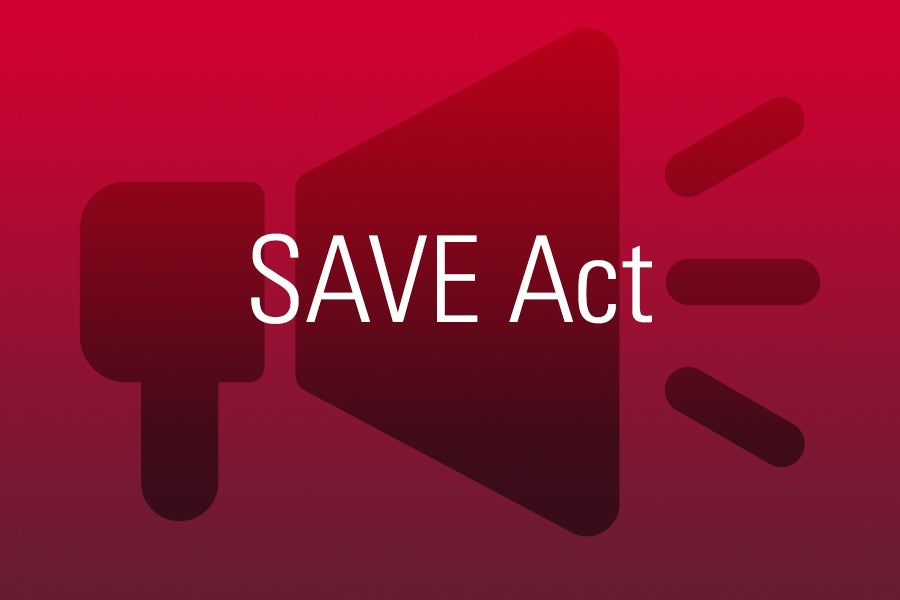The 118th Congress has introduced a slew of legislative proposals aimed at addressing various aspects of American life, from economic growth to environmental sustainability. One such proposal is H.R.8281, commonly referred to as the SAVE Act. This article delves into the details of the SAVE Act, its implications, and what it means for the future of sustainability in the United States.
Introduction to the SAVE Act
The SAVE Act, or H.R.8281, is a legislative proposal introduced in the 118th Congress with the primary goal of promoting sustainability and reducing the country's carbon footprint. The act aims to achieve this through a series of measures and incentives that encourage the adoption of renewable energy sources, improve energy efficiency, and reduce greenhouse gas emissions.
Key Provisions of the SAVE Act
The SAVE Act includes several key provisions designed to drive sustainability efforts across different sectors. Some of the notable provisions include:
-
Renewable Energy Incentives: The act proposes incentives for businesses and individuals who invest in renewable energy sources such as solar and wind power. These incentives could include tax credits, grants, and low-interest loans.
-
Energy Efficiency Standards: The SAVE Act aims to establish stricter energy efficiency standards for new buildings and appliances. This move is expected to reduce energy consumption and lower utility bills for consumers.
-
Green Infrastructure Development: The proposal includes funding for the development of green infrastructure, such as green roofs, urban parks, and green spaces. This is intended to not only beautify urban areas but also to help mitigate the effects of climate change.
-
Research and Development: The act allocates funds for research and development in sustainable technologies, aiming to make the U.S. a leader in the global sustainability sector.
Implications of the SAVE Act
If passed, the SAVE Act could have significant implications for the environment, economy, and public health. Some of the potential benefits include:
-
Environmental Protection: By promoting renewable energy and reducing greenhouse gas emissions, the SAVE Act could play a crucial role in protecting the environment and mitigating the effects of climate change.
-
Economic Growth: The act could stimulate economic growth by creating jobs in the sustainability sector, reducing energy costs for consumers, and attracting investments in renewable energy technologies.
-
Public Health: Reducing air pollution from fossil fuels could lead to significant improvements in public health, reducing the incidence of respiratory diseases and other health issues related to poor air quality.
Challenges and Future Directions
While the SAVE Act presents a promising path towards sustainability, its passage and implementation are not without challenges. These include potential resistance from industries heavily reliant on fossil fuels, the need for significant funding, and the complexity of implementing such a wide-ranging policy across different states and sectors.
Despite these challenges, the SAVE Act represents a crucial step towards a more sustainable future. Its success will depend on bipartisan support, public awareness, and the willingness of businesses and individuals to embrace sustainable practices.
The SAVE Act, or H.R.8281, is a legislative proposal that has the potential to significantly impact the United States' approach to sustainability. By promoting renewable energy, improving energy efficiency, and reducing greenhouse gas emissions, the act aims to contribute to a healthier environment, a stronger economy, and better public health. As the country moves forward in its efforts to combat climate change and embrace sustainable practices, proposals like the SAVE Act will play a vital role in shaping the future of sustainability in America.
For those interested in sustainability, environmental protection, and the future of energy, following the progress of the SAVE Act and other similar legislative proposals will be crucial. The path to a sustainable future is multifaceted, requiring the efforts of policymakers, businesses, and individuals. The SAVE Act is one of many steps in this direction, aiming to ensure a healthier, more sustainable world for generations to come.









